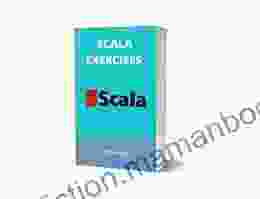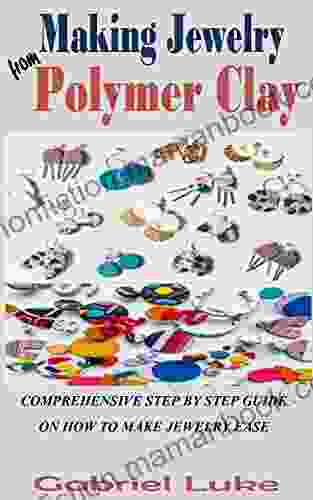Basics for Absolute Beginners: A Comprehensive Guide to English Grammar and Usage

5 out of 5
| Language | : | English |
| File size | : | 129 KB |
| Text-to-Speech | : | Enabled |
| Screen Reader | : | Supported |
| Enhanced typesetting | : | Enabled |
| Print length | : | 37 pages |
| Lending | : | Enabled |
Welcome to the world of English grammar and usage! This comprehensive guide is designed for absolute beginners, providing a solid foundation in the fundamentals of the language. Whether you're a native English speaker looking to brush up on your grammar skills or a non-native speaker seeking to improve your English proficiency, this guide will provide you with the essential knowledge you need to communicate effectively.
Parts of Speech
The first step to understanding English grammar is to learn about the different parts of speech. These are the building blocks of any language, and they help us to understand the structure and meaning of sentences.
- Nouns: Nouns are words that name people, places, things, or ideas. Examples: book, table, car, love
- Pronouns: Pronouns are words that take the place of nouns. Examples: I, you, he, she, it
- Verbs: Verbs are words that describe actions or states of being. Examples: run, jump, sleep, be
- Adjectives: Adjectives are words that describe nouns. Examples: big, small, red, blue
- Adverbs: Adverbs are words that describe verbs, adjectives, or other adverbs. Examples: quickly, slowly, well, badly
- Prepositions: Prepositions are words that show the relationship between a noun or pronoun and another word in the sentence. Examples: on, in, at, by, to
- Conjunctions: Conjunctions are words that connect words, phrases, or clauses. Examples: and, but, or, nor
- Interjections: Interjections are words that express strong emotions. Examples: wow, ouch, oh
Sentence Structure
Once you understand the different parts of speech, you can start to learn about sentence structure. A sentence is a group of words that expresses a complete thought. Every sentence has a subject and a verb, and may also have other elements, such as objects, modifiers, and complements.
- Subject: The subject of a sentence is the person, place, thing, or idea that is ng or being something. Examples: The boy is running. The book is on the table.
- Verb: The verb of a sentence is the word that describes the action or state of being. Examples: The boy is running. The book is on the table.
- Object: An object is a word that receives the action of the verb. Examples: The boy is kicking the ball. The teacher is reading the book.
- Modifier: A modifier is a word that provides additional information about a noun, pronoun, verb, or adverb. Examples: The big red ball. The boy ran quickly.
- Complement: A complement is a word that completes the meaning of a verb. Examples: The boy is happy. The book is interesting.
Tenses
Tenses are used to indicate the time of an action or event. There are three main tenses in English: present, past, and future.
- Present tense: The present tense is used to describe actions or events that are happening now. Examples: I am eating. The sun is shining.
- Past tense: The past tense is used to describe actions or events that happened in the past. Examples: I ate. The sun shone.
- Future tense: The future tense is used to describe actions or events that will happen in the future. Examples: I will eat. The sun will shine.
Punctuation
Punctuation marks are used to clarify the meaning of a sentence. The most common punctuation marks are the period, comma, semicolon, colon, and question mark.
- Period: A period is used to end a sentence. Examples: I am happy. The sun is shining.
- Comma: A comma is used to separate items in a list or to separate a dependent clause from an independent clause. Examples: I like apples, oranges, and bananas. I went to the store, but I forgot my wallet.
- Semicolon: A semicolon is used to separate two independent clauses that are closely related. Examples: The sun is shining; the birds are singing.
- Colon: A colon is used to introduce a list or a quotation. Examples: I need the following items: milk, eggs, bread, and butter. The teacher said: "Be quiet."
5 out of 5
| Language | : | English |
| File size | : | 129 KB |
| Text-to-Speech | : | Enabled |
| Screen Reader | : | Supported |
| Enhanced typesetting | : | Enabled |
| Print length | : | 37 pages |
| Lending | : | Enabled |
Do you want to contribute by writing guest posts on this blog?
Please contact us and send us a resume of previous articles that you have written.
 Top Book
Top Book Novel
Novel Fiction
Fiction Nonfiction
Nonfiction Literature
Literature Paperback
Paperback Hardcover
Hardcover E-book
E-book Audiobook
Audiobook Bestseller
Bestseller Classic
Classic Mystery
Mystery Thriller
Thriller Romance
Romance Fantasy
Fantasy Science Fiction
Science Fiction Biography
Biography Memoir
Memoir Autobiography
Autobiography Poetry
Poetry Drama
Drama Historical Fiction
Historical Fiction Self-help
Self-help Young Adult
Young Adult Childrens Books
Childrens Books Graphic Novel
Graphic Novel Anthology
Anthology Series
Series Encyclopedia
Encyclopedia Reference
Reference Guidebook
Guidebook Textbook
Textbook Workbook
Workbook Journal
Journal Diary
Diary Manuscript
Manuscript Folio
Folio Pulp Fiction
Pulp Fiction Short Stories
Short Stories Fairy Tales
Fairy Tales Fables
Fables Mythology
Mythology Philosophy
Philosophy Religion
Religion Spirituality
Spirituality Essays
Essays Critique
Critique Commentary
Commentary Glossary
Glossary Bibliography
Bibliography Index
Index Table of Contents
Table of Contents Preface
Preface Introduction
Introduction Foreword
Foreword Afterword
Afterword Appendices
Appendices Annotations
Annotations Footnotes
Footnotes Epilogue
Epilogue Prologue
Prologue Jeremy Tyson
Jeremy Tyson Jessika Klide
Jessika Klide Marta March
Marta March Kristin Kobes Du Mez
Kristin Kobes Du Mez Debbie Steglic
Debbie Steglic Joseph N Cooper
Joseph N Cooper John Spencer
John Spencer Bryce Walton
Bryce Walton Brendan Duffy
Brendan Duffy Latonya Black
Latonya Black Megan Easley Walsh
Megan Easley Walsh Christopher Charlton
Christopher Charlton Neema Parvini
Neema Parvini Isabel Allende
Isabel Allende Mayank Mishra
Mayank Mishra Jane K Brown
Jane K Brown Jen Reich
Jen Reich Rebecca Zanetti
Rebecca Zanetti Julianne Bosch
Julianne Bosch Washington Irving
Washington Irving
Light bulbAdvertise smarter! Our strategic ad space ensures maximum exposure. Reserve your spot today!
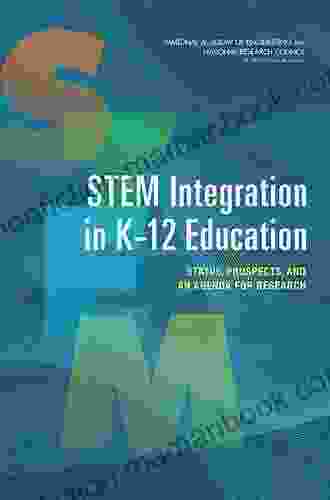
 Giovanni MitchellEmbracing STEM Integration in 12th Grade Education: A Comprehensive Guide
Giovanni MitchellEmbracing STEM Integration in 12th Grade Education: A Comprehensive Guide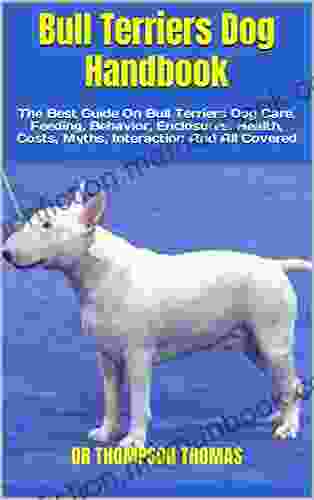
 Jason HayesBull Terriers Dog Handbook : The Best Guide On Bull Terriers Dog Care Feeding...
Jason HayesBull Terriers Dog Handbook : The Best Guide On Bull Terriers Dog Care Feeding...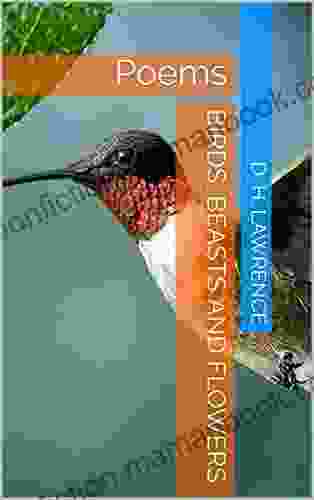
 Clarence BrooksBirds, Beasts, and Flowers: A Poetic Exploration of Nature in D.H. Lawrence's...
Clarence BrooksBirds, Beasts, and Flowers: A Poetic Exploration of Nature in D.H. Lawrence's... Shaun NelsonFollow ·15.3k
Shaun NelsonFollow ·15.3k Patrick HayesFollow ·12k
Patrick HayesFollow ·12k John KeatsFollow ·11.8k
John KeatsFollow ·11.8k Bobby HowardFollow ·2.3k
Bobby HowardFollow ·2.3k Robert HeinleinFollow ·9.1k
Robert HeinleinFollow ·9.1k José MartíFollow ·17.2k
José MartíFollow ·17.2k Cody RussellFollow ·4.5k
Cody RussellFollow ·4.5k Darren NelsonFollow ·14.9k
Darren NelsonFollow ·14.9k
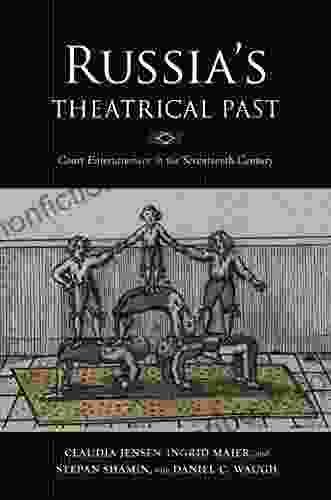
 Steve Carter
Steve CarterUnveiling the Rich Theatrical Tapestry of Russia: A...
Origins and Early...
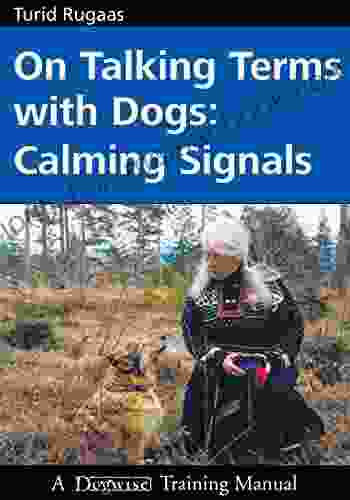
 Frank Butler
Frank ButlerOn Talking Terms With Dogs: Calming Signals and the...
For centuries, dogs have...

 Leo Tolstoy
Leo TolstoyThe Inside Guide to Applying and Succeeding in...
Applying to...

 Cole Powell
Cole PowellThe Political Economy of Global Finance, Farming and...
The global...
5 out of 5
| Language | : | English |
| File size | : | 129 KB |
| Text-to-Speech | : | Enabled |
| Screen Reader | : | Supported |
| Enhanced typesetting | : | Enabled |
| Print length | : | 37 pages |
| Lending | : | Enabled |


